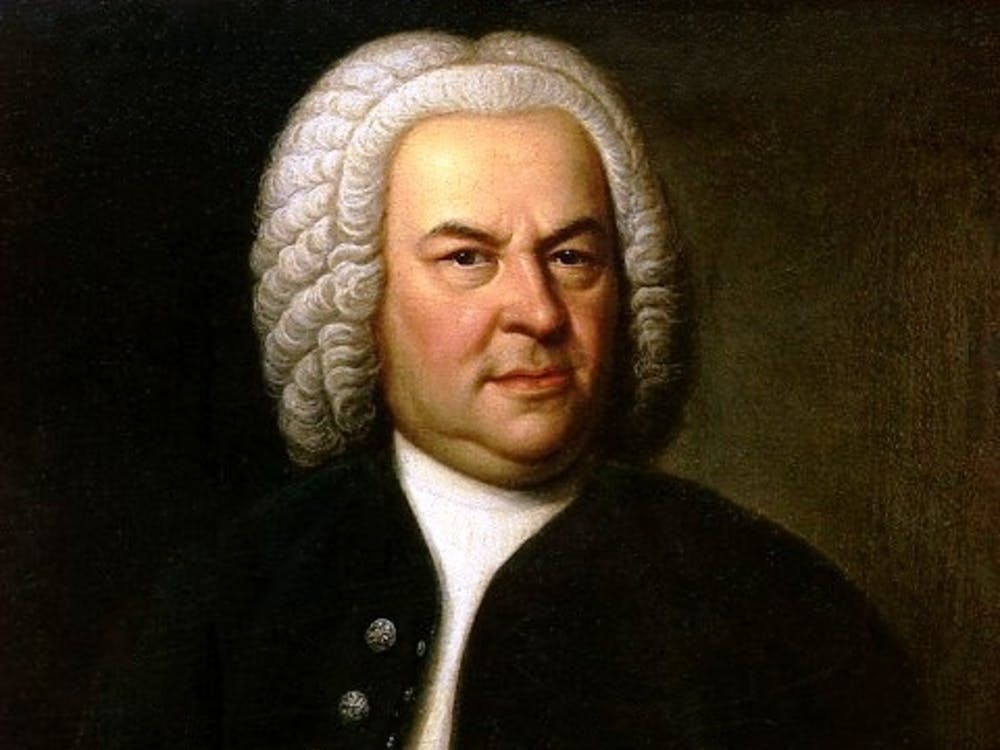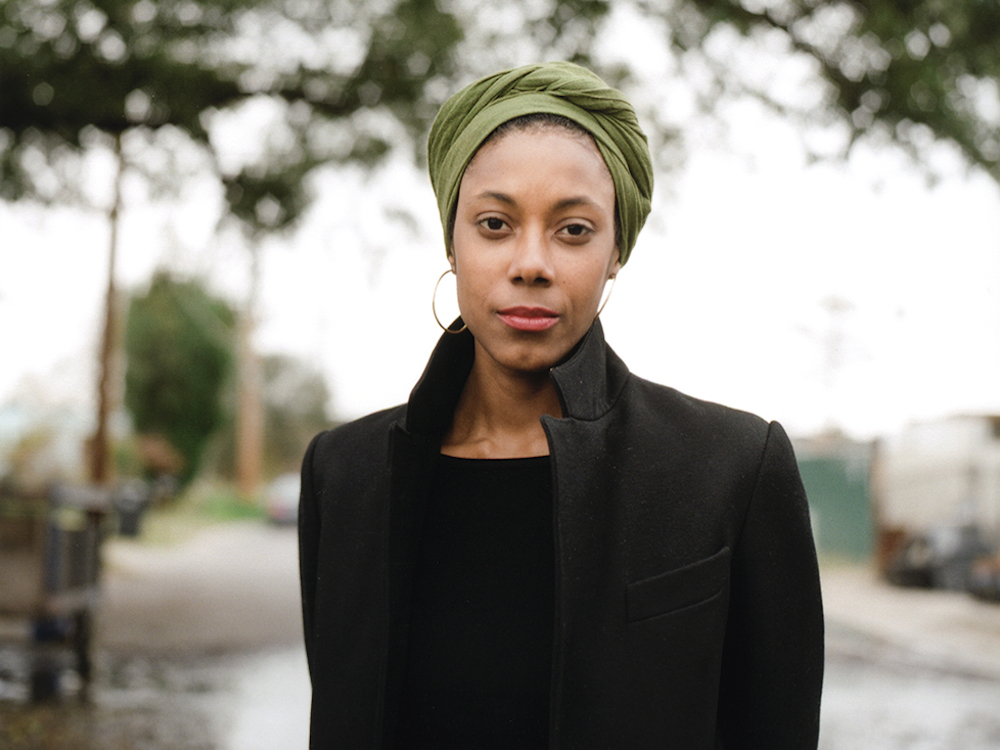Over the holiday weekend, I devoured The Yellow House, Sarah M. Broom’s remarkable and deeply researched memoir about her family’s New Orleans home. The youngest of twelve siblings, Broom grew up in a lively—and at times chaotic—shotgun-style house in the neighborhood of New Orleans East. Bringing together oral history, archival research, and first-person narrative, Broom weaves a multigenerational story of place that celebrates and complicates one of our nation’s most mythologized cities. “The Yellow House was witness to our lives,” writes Broom. And indeed, the house itself is essentially the protagonist of the story—a living organism animated by the decades of life that course through it like a pulse. Broom is an uncommonly thoughtful archaeologist of her own past, uncovering fragments of near-forgotten stories, dusting them off, and delicately piecing them back together. What emerges is an astonishing and kinetic portrait of the way places shape—and are shaped by—the people who love them. —Cornelia Channing
Despite its forbidding setting and circumstances—the draconian and seemingly impregnable “Lutheran nunnery” of a girls school in small-town Hungary, 1944—Magda Szabó’s Abigail, which comes out in January in a translation by Len Rix, is less bleak than her three other novels currently available in English. Fair enough: the author’s most popular book in her native language, Abigail was written for young adults, and there is more than enough boarding-school adventure and misery (and camaraderie) here to satisfy that taste (Georgina Vitay is a character as memorable as any Harry Potter or Serena van der Woodsen). To this, Szabó adds her usual unmatched empathy and insight; she is a master of misunderstandings, misreadings, the blindness that is part of being human. The relative lack of bleakness is due to there being no real ambiguities in this book; the reading is like an unwrapping, a revealing, which has its own power. In the end, one will not have one’s heart broken the way one did by Iza’s Ballad or The Door, but this black little heart, at least, will be patient: Szabó’s range was wide, and New York Review Books, aided by capable translators, is doing a fine job of revealing the scope of her talents to anglophone readers. —Hasan Altaf

Elias Gottlob Haussmann, Johann Sebastian Bach, 1746, oil on canvas, 31″ x 24″. Public domain, via Wikimedia Commons.
I won’t pretend to be a scholar of classical music, only a deep lover of what William Carlos Williams calls “sound addressed / not wholly to the ear.” He means music that rewards being thought about—or that one can hear best, in part, by thinking while one listens. I discovered how much I like to think and listen to Bach’s sonatas and partitas for solo violin only recently, through a 2018 recording by the violin virtuoso and classical superstar Hilary Hahn. In this performance, Hahn plays Sonatas 1 and 2 and Parita 1, thus completing the set she began on her very first recording in 1997, in which she plays Sonata 3 and Partitas 2 and 3. This is, as I understand, music that great violinists work on over a lifetime—it’s sinuous, vigorous. I won’t try to narrate or paraphrase its moods and modes, but suffice it to say it seems to contain every possible thing if you’re willing to slow down and tuck into it. But this music has hit me deepest in a newer recording, just out from ECM, by the Austrian violinist and conductor Thomas Zehetmair. On his Johann Sebastian Bach: The Sonatas and Partitas for Violin Solo, Zehetmair digs into all the crannies of this crenellated music. If Hahn’s versions feel like an aging house, Zehetmair’s are an old one, creaky in the corners, full of drips and drafts and places people have lived and maybe died. I’m not saying they’re better than Hahn’s, just different, maybe dirtier, as if the strings might almost break when the music is at its darkest or brightest. Zehetemeir’s versions seem to have been through more heartache; they’re a bit less hopeful, and perhaps, like me, you prefer that sort of thing. —Craig Morgan Teicher
I was initially intrigued by Hermann Ungar due to his connections to Franz Kafka. Ungar, like Kafka, was a Czech Jewish writer in turn-of-the-century Prague who died tragically young and explored themes of power and obsession in his writing; at the 1963 and 1965 Kafka conferences at Liblice Castle, Ungar was mentioned as a member of Kafka’s “Prague circle.” Ungar’s first novel, The Maimed, originally appeared in 1923; in 2002, Twisted Spoon Press published Kevin Blahut’s translation from the German. The novel’s plot follows Franz Polzer, a hapless bank clerk who enters a sadomasochistic affair with his landlady. Thomas Mann apparently called the book “a sexual hell”; reading it is an uneasy experience, and there are moments in the narrative that genuinely surprised me with their explicitness. Polzer, who seems truly unnerved by the sexual appetites of women, reflects back frequently on what might have been an adolescent love affair with his friend Karl, who now lives with an unnamed degenerative illness and whose arm is amputated near the novel’s end. Shame surrounding class and sexuality cloud the book’s claustrophobic atmosphere, and the anti-Semitism of Prague’s Christian community rears its ugly head again and again. By its ambiguous end, The Maimed proved to be one of the more tense and thoughtfully perverse reading experiences I’ve had in a while. —Rhian Sasseen
On a recent Sunday, I was folding my laundry while listening to This American Life, as white women in Brooklyn are wont to do. It was an old episode, a reaired live recording called “Lost in America,” which I may have heard years before but now hardly remembered. Midway through the episode, Ira Glass introduces the endearingly nasal voice of Sarah Vowell, who goes on to share an ingenious essay on the evolution of the “The Battle Hymn of the Republic.” She tracks the song’s transformation from “John Brown’s Body,” an American Civil War–era celebration of the famed abolitionist, into a staple of state funerals. Vowell’s piece is a spectacular piece of writing but an even better listening experience. A live band plays snippets of each iteration of the song, injecting life and nuance into the analysis. And the audience, their laughter and silence, can help even the most lonely of laundry folders feel a part of something grand, something shared. Like a child or a Catholic, I am moved by all things triumphant. But Vowell articulates perfectly the power of this catchy tune, how over centuries it came to carry the weight of many movements and how the collective power of voices singing in unison can buoy the spirit and affirm our most noble impulses. Of course, this power may be fleeting, but at least, as Vowell notes, “we’re all in it together, if only for the length of the song.” —Noor Qasim
from The Paris Review https://ift.tt/38h3nLd


Comments
Post a Comment